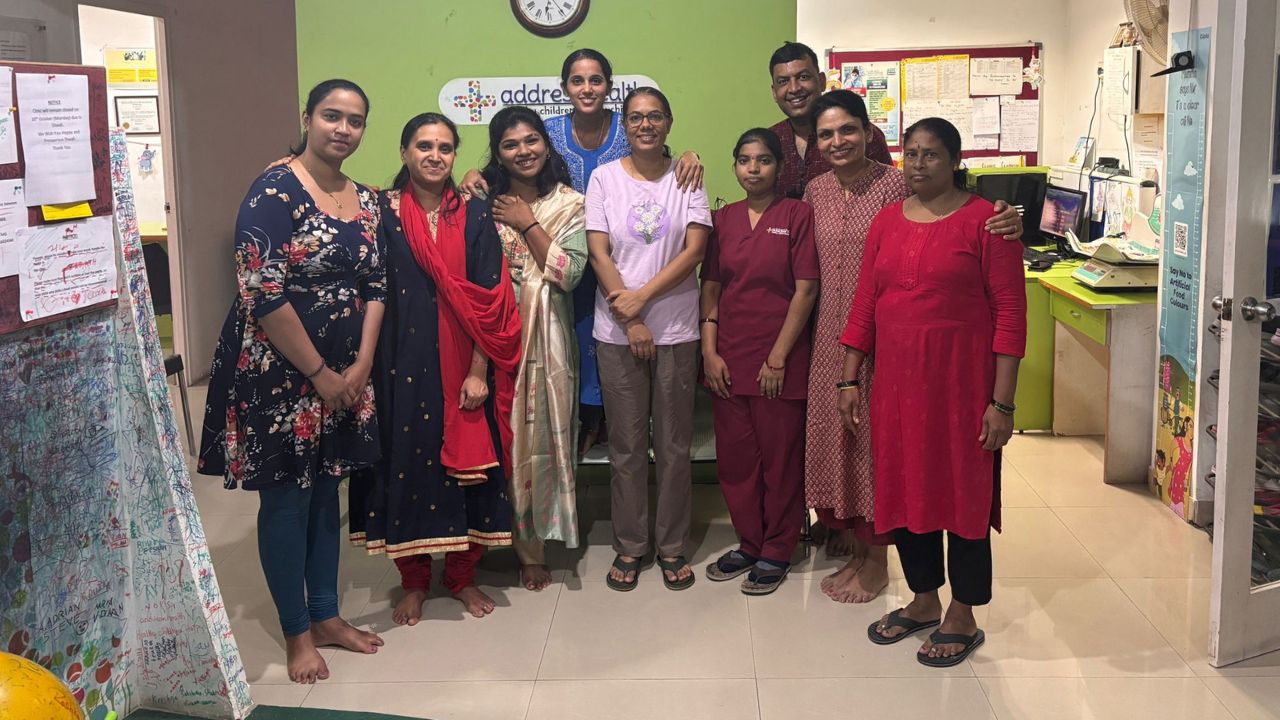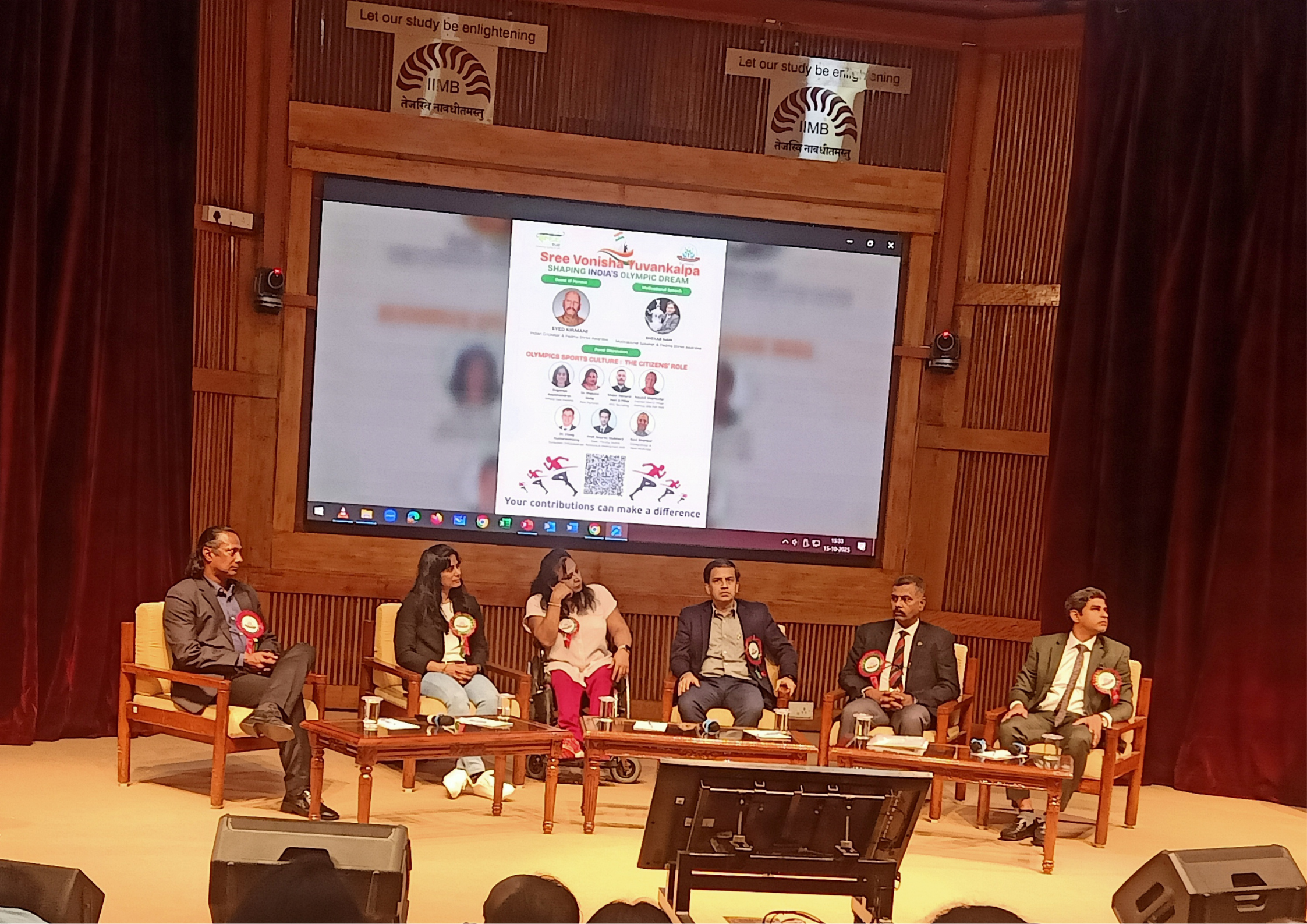The Economics of Spelling: Scholarships, Sponsorships, and the Cost of Winning

Every spring, the Scripps National Spelling Bee crowns a champion on live television. For viewers, it’s a feel-good spectacle of nerves, brilliance, and perfectly pronounced etymology. For the families of the 200-plus contestants—many of them Indian-American—the Bee is also an economic journey. From coaching fees to cross-country airfare, the pursuit of a single, shining moment on the national stage can cost far more than the glittering trophy suggests.
For Indian parents at home or abroad, understanding these financial realities can help you plan wisely and keep the experience positive for both child and family.
1. Why spelling bees matter to Indian families
Indian-origin children have dominated the Scripps Bee for decades, winning more than 75 % of championships since 1999. That dominance is built on intense preparation, a vibrant community infrastructure, and an ethos that prizes education as a family investment. Parents see the Bee not only as a celebration of language but also as a gateway to scholarships, résumé value, and personal growth.
But behind every confident speller is a spreadsheet of costs—many of them hidden to outsiders.
2. Typical cost categories
Every family’s path is different, but expenses generally cluster in five areas.
a. Coaching and tutoring
- Private coaching: Top coaches—many of them former champions—charge $50–$150 per hour.
- Small group classes: $25–$60 per session.
- Annual estimate: $2,000–$8,000 for serious national-level preparation.
Some parents rely on self-study with free word lists and online resources, but elite competitors often log hundreds of hours with professional coaches.
b. Study materials and software
- Word-list subscriptions, etymology guides, and specialized apps: $200–$500 a year.
- Custom flash-card or quiz software: $50–$150.
c. Local and regional competitions
- Entry fees: usually modest ($25–$100 per bee).
- Travel to regional bees (gas, hotels, meals): $500–$1,500 per trip, depending on distance.
d. National competition week
- Airfare for contestant and at least one parent: $400–$1,200 per person (domestic U.S.).
- Hotel near the Gaylord National Resort in Maryland: $250–$400 per night, typically 5–6 nights.
- Meals, ground transport, incidentals: $800–$1,200.
A typical Scripps week can easily cost $3,500–$6,000.
e. Opportunity costs
Parents may use vacation days or unpaid leave for travel and practice supervision. Two weeks off work can add thousands in indirect costs.
3. A sample one-year budget
For a family targeting the Scripps Bee:
| Category | Low estimate | High estimate |
|---|---|---|
| Coaching & group classes | $2,000 | $8,000 |
| Books, apps, and study materials | $200 | $500 |
| Local/Regional travel & fees | $1,000 | $3,000 |
| National Bee week (travel/lodging) | $3,500 | $6,000 |
| Total | $6,700 | $17,500 |
These numbers mirror what many parents report privately: a full competitive season can range from the cost of a modest vacation to that of a small car.
4. Scholarships and prize money: the upside
Despite the costs, the Bee can yield tangible rewards.
- Scripps Champion Prize: $50,000 cash plus a $2,500 scholarship, a trophy, and other gifts.
- Other national finalists: $500–$25,000 depending on placement.
- North South Foundation and other Indian-American organizations offer scholarships (typically $1,000–$5,000) for outstanding spellers.
- College admissions value: While hard to price, a national Bee résumé line can tip competitive university decisions and merit-aid offers.
A single win can more than offset expenses, but only a handful of spellers each year reach the top. For most families, the financial “return” is indirect—scholarships later, enriched vocabulary, and a powerful story for applications and interviews.
5. Sponsorships and community support
Many families defray costs through sponsorship:
- Local newspapers or media outlets often pay travel expenses for their sponsored speller to attend Nationals.
- Community fundraising—temple groups, local businesses, or online campaigns—can cover entry fees and travel.
- Corporate sponsors occasionally support regional bees or talented children (e.g., tech firms with a local presence).
Indian cultural associations frequently organize low-cost preparatory bees, which also reduce the need for pricey private coaching.
6. Balancing passion and pocketbook
The goal is not to scare families away but to encourage conscious planning. Here are practical strategies:
Budget early
Start a “Bee Fund” as soon as your child shows sustained interest. Even $50 per month over three years adds up to $1,800, enough to soften travel costs.
Use community resources
Leverage free word lists (Scripps, Merriam-Webster), volunteer-run clubs, and regional bees. Many champions built their early skills without expensive tutors.
Seek local sponsors
Approach cultural organizations or local businesses for modest travel grants. Prepare a simple proposal highlighting your child’s achievements and media visibility.
Share coaching costs
Group lessons or co-ops spread fees among several families and keep children motivated.
Evaluate return on investment
Ask: Is my child enjoying this? Passion, not money, predicts persistence and long-term benefit.
7. The bigger picture: lessons that outlast the trophy
Parents often justify Bee expenses because the process builds skills that pay lifelong dividends:
- Discipline & time management: Daily drills and mock bees cultivate habits essential for STEM fields, medicine, law, or entrepreneurship.
- Analytical thinking: Breaking words into roots parallels the logic of programming and science.
- Public poise: Performing under bright lights helps in interviews, presentations, and leadership roles.
Former champions who became doctors, engineers, entrepreneurs—even professional poker players—often cite Bee discipline as foundational.
8. Special considerations for Indian parents abroad
U.S.-based NRIs
You’re at the heart of Scripps activity, but living costs (coastal airfares, hotel prices) can be higher. Start early with community bees (North South Foundation, South Asian Spelling Bee) for experience and networking.
Europe or Middle East NRIs
Reaching Scripps requires international flights and visas, making costs steeper. Look for regional bees such as the European Spelling Bee or local English Olympiads as intermediate goals.
Parents in India
Indian national bees have grown since 2010. Costs are lower, but national travel and coaching can still add up. Prize money is smaller, so view the Bee primarily as a developmental experience.
9. Pitfalls to avoid
- Over-investing financially: Spending beyond your comfort level can create family stress that children feel.
- Tying love to performance: Children should know that parental support is not conditional on results.
- Neglecting mental health: Pressure without balance can lead to burnout; factor in downtime.
10. A healthy financial philosophy
Think of spelling as you would a serious music or sports pursuit. It is an enrichment activity with possible financial bonuses, not a guaranteed scholarship pipeline. Plan for the costs you can predict (travel, coaching) and treat any prize money as a pleasant surprise, not an expectation.
Final Word
The Scripps National Spelling Bee is a celebration of language, grit, and family support. For Indian parents, it can also be a significant financial commitment. With early budgeting, community support, and a focus on the life skills your child gains, the economics of spelling can remain sustainable—and even rewarding—long after the final word is spelled.




